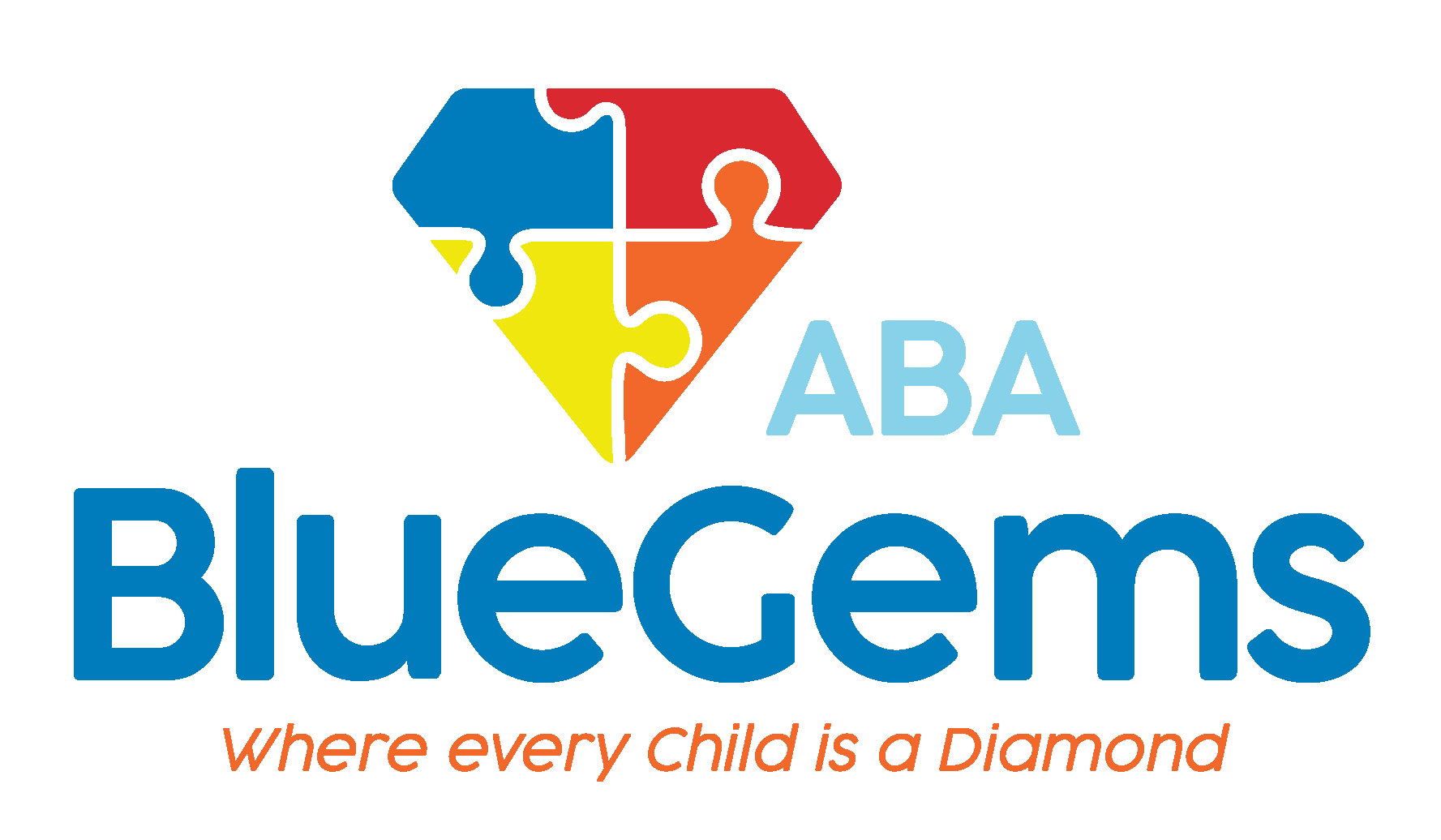Loners: Why Children with Autism Prefer to Be Alone
If you have a child who has autism spectrum disorder (ASD), you might notice that they prefer to be alone. They might spend an inordinate amount of time playing by themselves, rather than joining in on group play activities with other children their age.
They may even prefer to play alone or be alone when they’re in a room full of people they know well, such as their family. For children with autism, this is a relatively normal behavior, though the reasons for it can vary from one child to the next.
In addition, how much of a “loner” a child with ASD is may also depend on how severe the symptoms of their neurodevelopmental disorder are.
Below, we’ll discuss why children with autism prefer to be alone, and how applied behavioral analysis, or ABA therapy, can help them develop the skills they need to perform well in groups.
Learn more about Autism signs and symptoms
Table Of Contents
Why Do Children with Autism Prefer to Be Alone?
Children with autism tend to play a lot differently than other neurotypical children their age. While all toddlers may line toys up, for example, children with ASD may do so obsessively and/or continue to do so well beyond what would be considered developmentally appropriate.
All children start by playing alone. As they grow, though, most fairly quickly start to adapt to playing in group settings and actually prefer to do so.
This isn’t the case with a lot of children on the autism spectrum.
A major reason for this is that children with ASD generally aren’t conscious of how other people look at their behavior, while neurotypical children are. In other words, children with autism generally aren’t aware of how other people perceive how they’re acting.
One roadblock standing in the way of successful social interactions is the struggle with communication in general and especially with non-verbal communication. Children with autism may have trouble understanding social cues such as facial expressions, eye contact and hand gestures, which may hamper their ability to play imaginative games.
Since they have trouble interacting with their peers in this way, they often find themselves on the outside looking in when it comes to play.
In addition, children with autism often have restrictive interests. These interests may even be intense, meaning they will want to learn everything there is to know about dinosaurs but aren’t interested in anything else.
All of this may lead to anxiety when faced with social situations, which in turn could result in children with autism preferring to be alone than even trying to play with other children their age.

Is It OK for Children with Autism to Be Alone?
Alone time is certainly good for everyone, within reason. While parents certainly want to foster a sense of independence and solitude within their children, it’s also important for them to learn how to interact with others.
When children play with their peers, they are learning valuable skills that they will take with them the rest of their lives. They will use them to work on group projects in school, to make friends and develop relationships, to participate in extra-curricular activities and to excel in the workplace.
So, while it’s OK for children with autism to be alone, it’s also important to teach them the social skills they need to succeed in life.
How Can ABA Therapy Help with This?
ABA therapy is considered the gold standard of treatment for children with ASD. It’s a science- and evidence-based approach to learning and behavior that helps children build social, communication and daily life skills with which they often struggle.
Through repetition and positive reinforcement, ABA therapists can help their patients build the social skills they need to be less of a loner and to succeed in group settings.
There are many ways that these skills can be improved, and the strategies that will be taken may differ from one child to the next. That’s one of the great parts about ABA therapy — it’s fully customizable to each individual child’s unique strengths and weaknesses.
By breaking down tasks into simple steps, ABA therapists can help children with autism learn non-verbal communication and how to communicate better overall. This will help them get what they want and need, and also interact with others better.
All of this can eventually lead to the child becoming less of a loner and wanting to participate in more activities with others.
Blue Gems ABA Personalizes Treatment Plans to Each Child
Many children with autism prefer to be alone. While some alone time is never a bad thing, it’s also important to teach them the skills they need to interact and work with others.
At Blue Gems ABA, our team of experienced BCBAs does this every day with every patient we see. We create ABA therapy plans that are catered to each individual child, helping them achieve obtainable goals over time.
To learn more, please contact us today.




